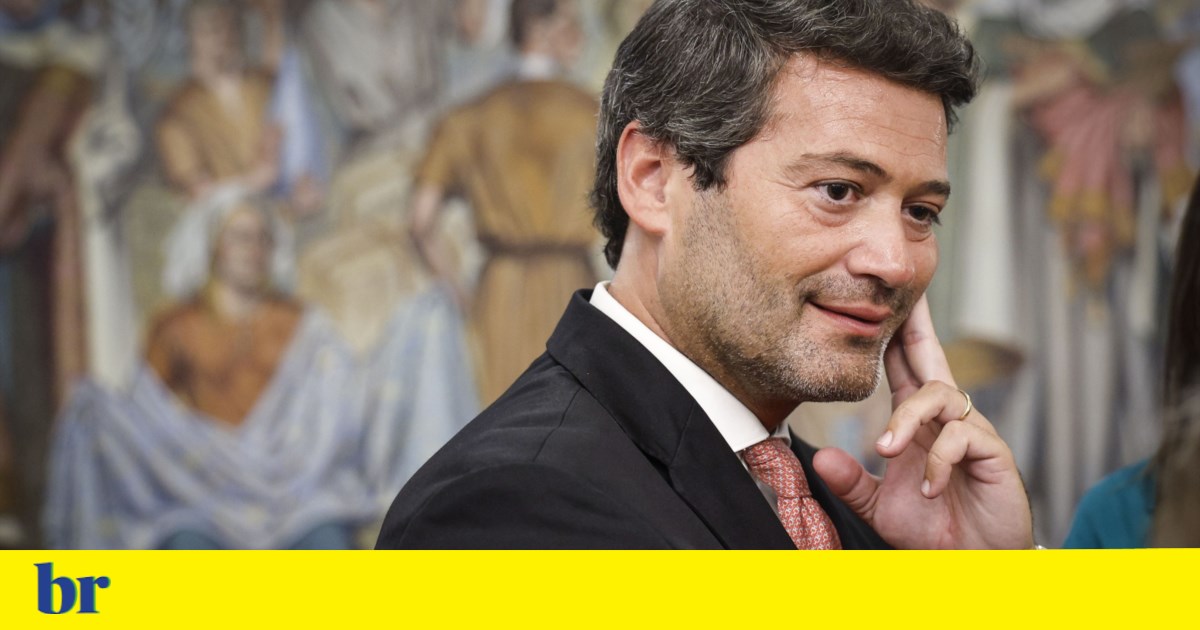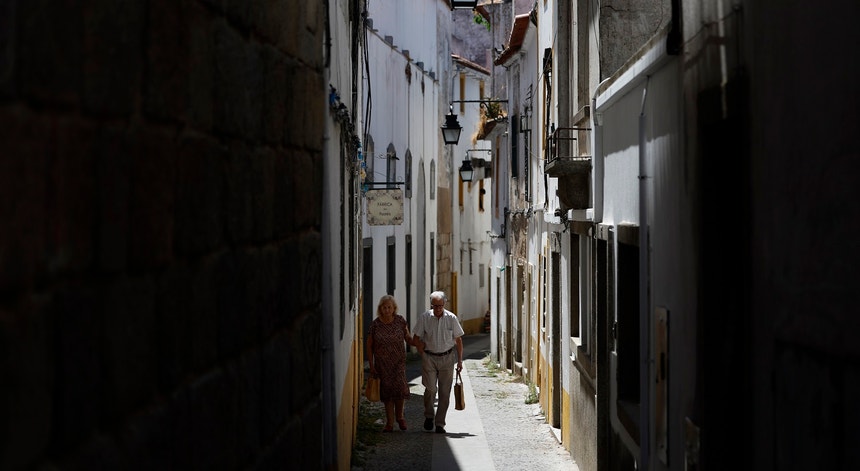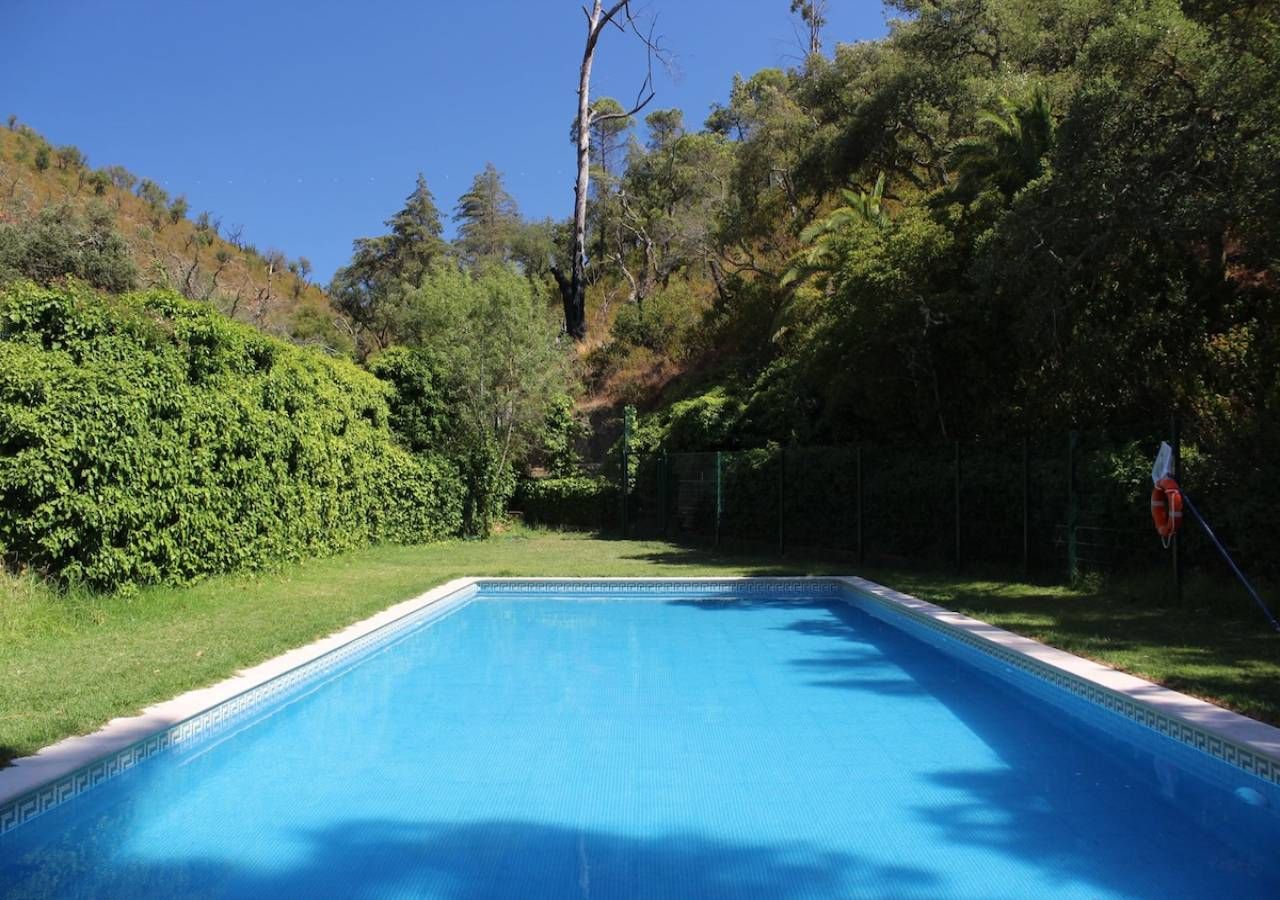A historic building on Rua Palmira, in Lisbon's Arroios parish, has been transformed into the Hotel Palmira, a contemporary 3-star hotel with 21 accommodation units and space for 40 beds. The rehabilitation project, led by the architectural studio Orgânica Arquitectura, creatively bridges the gap between the old and the new.
The project focused on adapting the original residential structure to meet the functional demands of a hotel. This included reorganizing circulation routes between service areas and guest zones. Two elevators were introduced to clearly separate operational flows, and exterior galleries were added to the facade facing number 12, utilizing the space between buildings for direct room access.
These galleries, topped by a new staircase structure, also ensure emergency circulation, allowing for the removal of previously existing interior stairs and corridors, thus optimizing space usage.
Architect Paulo Serôdio aimed to avoid repetitive solutions common in the city's consolidated zones. "We proposed an alternative that respects the block's morphology while introducing contemporary elements, like the abstract facade composition and the building's alignment with its neighbors," he explains.
Key features of the renovation include redesigned openings, new materials, and perforated metal panels with irregular geometric patterns, giving the facade a modern identity without erasing the building's historical memory.
Structural Rehabilitation and Sustainability
The building was in an advanced state of decay, a result of its age and original construction materials. Wooden beams showed signs of rot and insect infestation, especially near the facades and gables.
The rehabilitation included structural reinforcement of the floors, particularly on levels 2 and 3, where deformations were detected after removing a support wall. New technical infrastructures—water, sewage, air conditioning, electricity, and telecommunications—were installed, along with construction solutions offering high thermal and acoustic performance.
An Architectural Gesture with Historical Consciousness
For Paulo Serôdio, the project is more than a simple conversion: "The building's reinvention creates a productive tension between temporalities—the new and the old. This architectural transgression is a critical alternative that neither rejects the past nor fossilizes it."
He argues that transforming uses in the city's historic buildings should reflect their time's architectural expression, contributing to the city's living continuity.
The Hotel Palmira stands as a testament to sensitive and intelligent rehabilitation, where the memory of the place and contemporary language intersect to breathe new life into Lisbon's urban heritage.



























Comments
Join Our Community
Sign up to share your thoughts, engage with others, and become part of our growing community.
No comments yet
Be the first to share your thoughts and start the conversation!